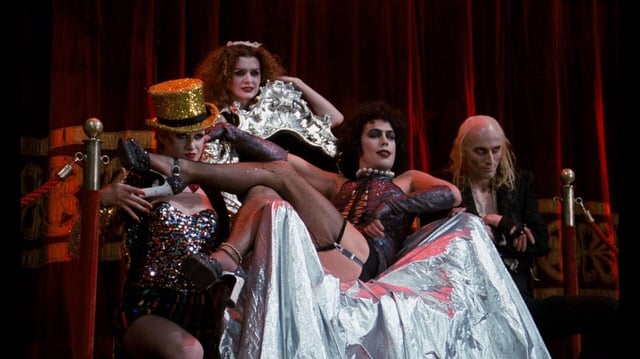Overview
- For half a century the film has run near-continuous midnight screenings at New York’s Waverly Theatre and in venues worldwide, only briefly paused by the pandemic
- Originally a box-office flop in 1975, Twentieth Century Fox’s 1976 late-night re-release transformed it into a profitable cult phenomenon through call-and-response routines and props
- Fans and performers led by Sal Piro and Dori Hartley pioneered interactive traditions that turned screenings into communal events celebrating gender fluidity and sexual liberation
- In 2005 the U.S. Library of Congress added the film to its National Film Registry for its cultural, historical and aesthetic significance
- Growing criticism of offensive lyrics, slurs and depictions of sexual violence has led to calls for clearer framing and contextualization of audience practices
